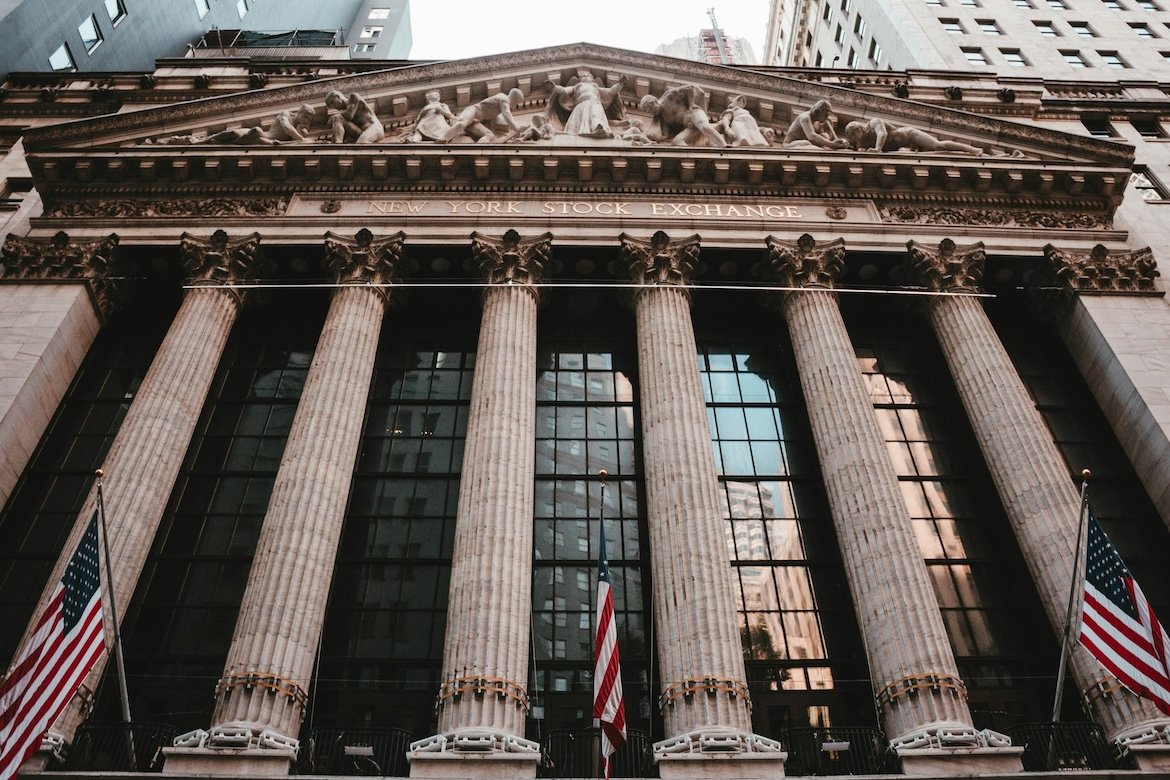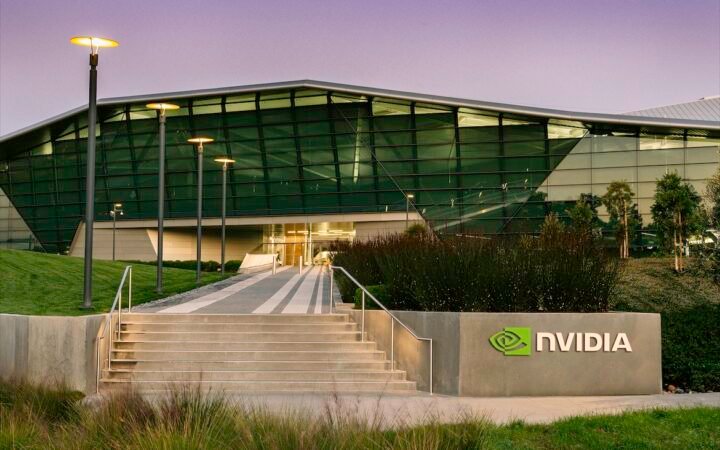
The New York Stock Exchange is now processing about 1.2 trillion order messages per day, roughly quadruple the volume from four years ago, according to NYSE President Lynn Martin. She said that AI-driven systems execute most of these trades, effectively leaving little role for human brokers in modern markets.
Martin noted that the shift is not incremental but transformative – algorithmic systems have overtaken human intermediaries, reshaping how liquidity, speed, and order matching operate on Wall Street.
Why the Shift to AI Trading Has Accelerated
The surge in order volume reflects several convergent trends. First, latency advantages increasingly favor AI systems that can micro-optimize execution in milliseconds. Human decision-making cannot compete at that speed.
Second, the proliferation of quant strategies and machine-learning models allows trading firms to deploy algorithmic logic across more instruments and periods. The capacity to learn from order book dynamics and market microstructure drives deeper automation.
Third, regulatory and infrastructure upgrades – such as faster messaging protocols and more powerful co-location services – have reduced technical bottlenecks, enabling AI systems to scale order processing across exchanges globally.
Martin warned that the sheer scale and pace of orders now challenge the feasibility of human intervention – “there’s no place left for people” in many parts of core market operations.
Implications, Risks & What to Watch
The dominance of AI in order execution intensifies pressures on latency, infrastructure, and algorithmic resilience. Small bugs or logic errors could cascade across markets with little human buffer.
For trading firms, competition centers increasingly on model sophistication, data access, and infrastructure — not human intuition. Firms that can’t keep pace may be squeezed out or forced to rely on execution-only roles.
Regulators face new challenges. Monitoring market fairness, detecting flash crashes, and enforcing accountability in opaque AI logic will require new oversight frameworks and tools.
Market structure could further fragment. As competition pivots around internal models, liquidity providers may migrate to venues or sub-markets where algorithmic execution is favored.
As previously covered, the trajectory of modern markets is toward full automation in execution. The NYSE’s new data point – 1.2 trillion daily orders – crystallizes how deeply AI now powers trading dynamics on Wall Street.




